This unsigned engraving, attributed as after the Swiss artist Davide Antonio Fossati, shows four boys playing a game of leap-frog; presumably the earliest illustration of this sport. It is one of six plates in Passeri’s discourse on the drying up of wit and entertainment at the time, which he dedicated to Neptune. If anyone has a theory on why Neptune, I’d love to hear about it.
Passeri, the Abbate of Pesaro, was an antiquarian, a philologist, and an archeologist. Each of the five discourses or sections describe a different form of boredom and are illustrated with a beautiful engraving suggesting a way to combat this fatigue. The book was written as a carnival satire, and partly presented to the academy of Pesara.
Besides publishing Della Seccatura Discorsi, Passeri has the distinction of having published the greatest catalogue of fake Roman terracotta lamps ever produced. The Marquand Art and Archaeology Library at Princeton University holds several of Passeri’s studies on Etruscan vaces:
Passeri, Giovanni Battista, 1694-1780, Lucernae fictiles Musei Passerii, 1739, Location: Marquand Library (SAX): Rare Books, Call Number: NK3835 .P26f
Passeri, Giovanni Battista, 1694-1780, Mvsevm etrvscvm, exhibens insignia vetervm Etrvscorvm monvmenta aereis tabvlis cc. nvnc primvm, 1737 Location: Marquand Library (SAX): Rare Books, Call Number: N5740 .G67q
Passeri, Giovanni Battista, 1694-1780, Serie di vasi tratta da vari musei d’Italia … rãpresentanti le pitture degli Etruschi, 1787, Location: Marquand Library (SA), Call Number: NK3845 .P26f
Passeri, Giovanni Battista, 1694-1780, Thesavrvs gemmarvm antiqvarvm astriferavm quae e complvribvs dactyliothecis selectae aereis tabvlis cc. inscvlptae observationibvs inlvstrantvr adiect, 1750, Location: Marquand Library (SAX): Rare Books, Call Number: NB1268 .G67q
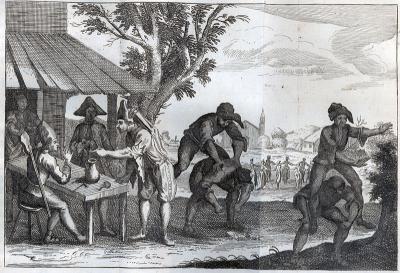
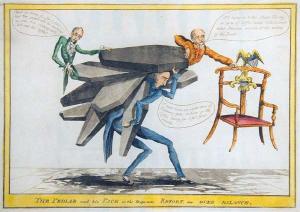
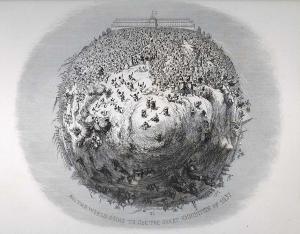
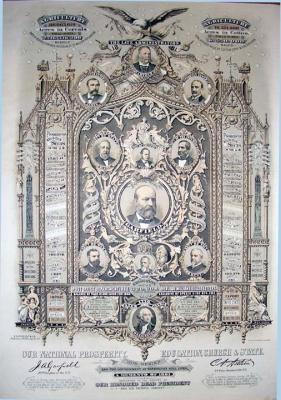
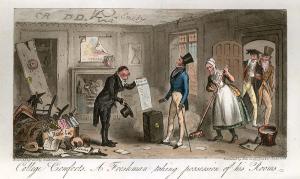
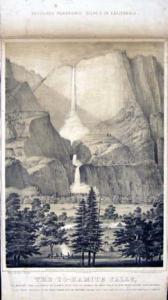
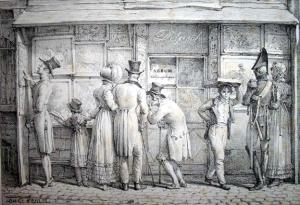
Recent Comments